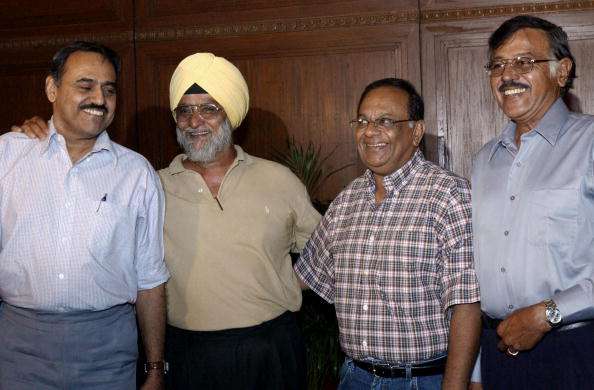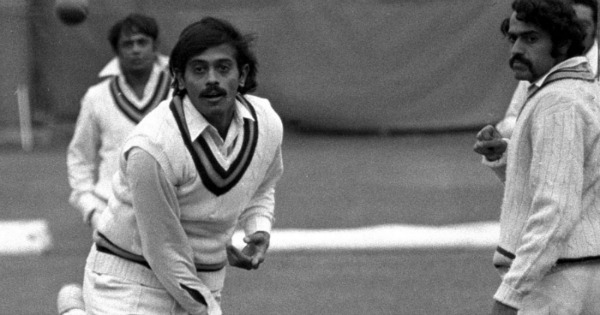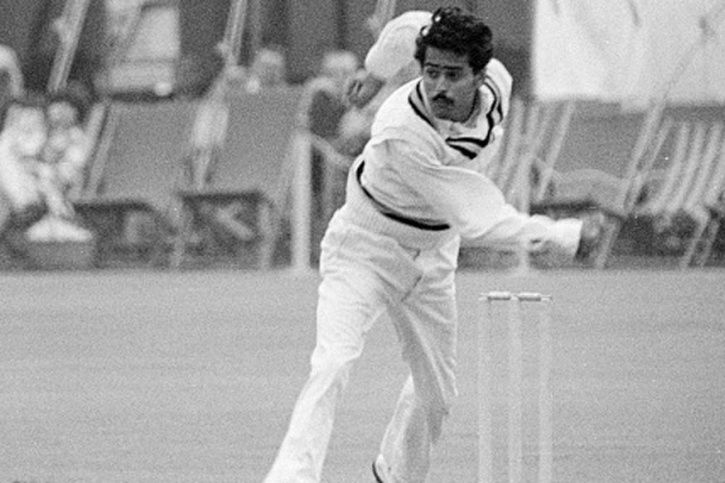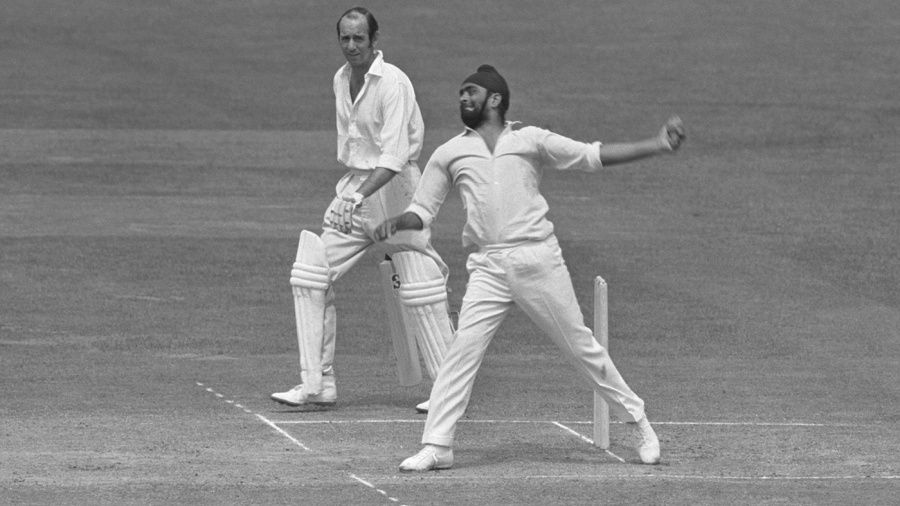Sachin Tendulkar, Rahul Dravid, Sourav Ganguly, and VVS Laxman, for most cricket fans of my age, they form the Fab 4 of Indian cricket. After all, for more than a decade, they led the batting of the Indian team and became legends of the game. But, this wasn't the first time the world noticed the brilliance of Indian batsmen. Before the four, the likes of Sunil Gavaskar, Dilip Vengsarkar and, Gundappa Vishwanath were the stalwarts of Indian cricket and even before they arrived, the world knew Lala Amarnath (who is possibly the first recognized hero of Indian cricket).
India has been known to produce the best set of batsmen for years now and even today some of the best batsmen in the world rankings are Indians.
So, who are the original Fab 4 I am going to mention?
Better known as The Indian spin quartet, in my opinion, are the first set of players to emerge from India who collectively dominated the sport with their bowling. And, the best part is that they were bowlers, unlike the stereotypical Indian team where batsmen were known matchwinners. Today we are really fortunate to have a lot of choices when it comes to bowling options but back then (the 60s and 70s) it wasn't so. Until the arrival of Kapil Dev in the 80s, India never had a recognized opening fast bowler in their options and was forced to be dependent on spinners. The spinners have always been the strength in India's bowling options, ever since the sport started emerging in India. The earliest spin bowling hero of the Indian cricket history is forgotten star, Baloo Palwankar (left arm-spinner) whose story dates back to 1911 and is very well mentioned in class 9 history books published by NCERT. This followed by the great Vinoo Mankad who was a phenomenal all-rounder. Some say that the Geography of India doesn't allow us to produce good fast bowling options (which is true to some extent).
Now, coming back to the topic as mentioned in the title. Who all were the part of the Indian spin quartet? The quartet consisted of Erapalli Prasanna and Srinivas Venkataraghavan, both being off-spinners, Bhagwat Chandrasekhar (leg spinner) and the infamous Bishan Singh Bedi, a left-arm spinner. Thanks to the home conditions, they were quite lethal in the subcontinent conditions and their collective stats suggest so. The amassed 853 wickets in 231 test matches including 43 five-wicket hauls. The very interesting fact is that even though they are considered a quartet but still it happened only once that all of them played together in the same match, in 1967. Bedi and Chandra were regulars while Prasanna and Venkataraghavan were rotated sporadically. If individual stats of each player is looked upon (International Matches), it can be seen that they very really effective individually and one of the major reasons for their success as a force was the different domains they covered with their bowling. Each had their own strength and it very well covered others' weaknesses.
Erapalli Anantharao Srinivas "E.A.S." Prasanna (from Bangalore) was interestingly an engineer (maybe that's why he was so brilliant xD). He took 189 wickets from 49 matches and had 10 five-wicket hauls to his name. He even held the record for the fastest 100 wickets by an Indian (in 20 tests), which was later broken by R.Ashwin.
Srinivasaraghavan Venkataraghavan was also an engineer from Madras. He took 156 wickets from 57 matches with 3 five-wicket hauls and even played 15 ODIs in a career lasting 18 years. He was a strong close-in fielder and a handy lower-order batsman and later became an umpire in 1993 which he continued until 2004.
Bhagwat Subramanya Chandrasekhar has one of the most fascinating stories in the cricketing tales because his right arm was withered by polio at a very young age and still he became a leg spinner and managed 242 wickets in 58 matches with 16 five-wicket hauls. He interestingly has fewer test runs than wickets. He even managed 3 wickets in the solitary ODI game he played.
The most famous of the lot was Bishan Singh Bedi, the only left-arm spinner in the group and he also captained India in 22 test matches. He got 266 wickets and 14 five-wicket hauls in 67 test matches along with 10 ODI matches. He even coached the Indian team in 1990 which proved to be an unsuccessful stint.
The captains during their careers, Tiger Pataudi and Ajit Wadekar were smart enough to use their spinning options with such efficiency which was seen in the results of the series played by India in the 60s and 70s. Post their retirement, India was lucky to get worthy replacements from time to time and the most famous being Dilip Doshi and Ravi Shastri in the early years. Then arrived perhaps the greatest match-winner in Indian cricket's history, another engineer, Anil Kumble who was later joined by Harbhajan Singh and together they dominated other teams for years. Today, still we have great spinners in Ravichandran Ashwin and Ravindra Jadeja with Kuldeep Yadav emerging as a worthy successor.
Although there are a lot of spinners playing the game currently but the impact the Indian spin quartet created on the game is an impact that will last forever.







Comments
Post a Comment